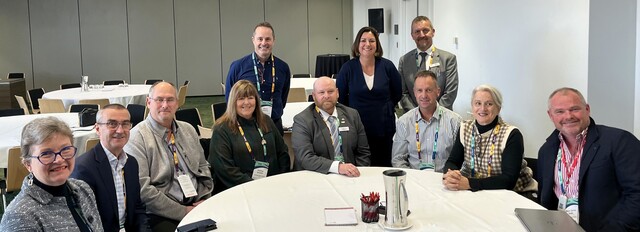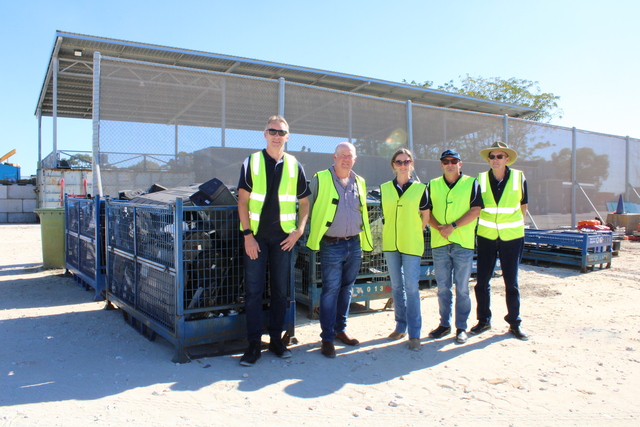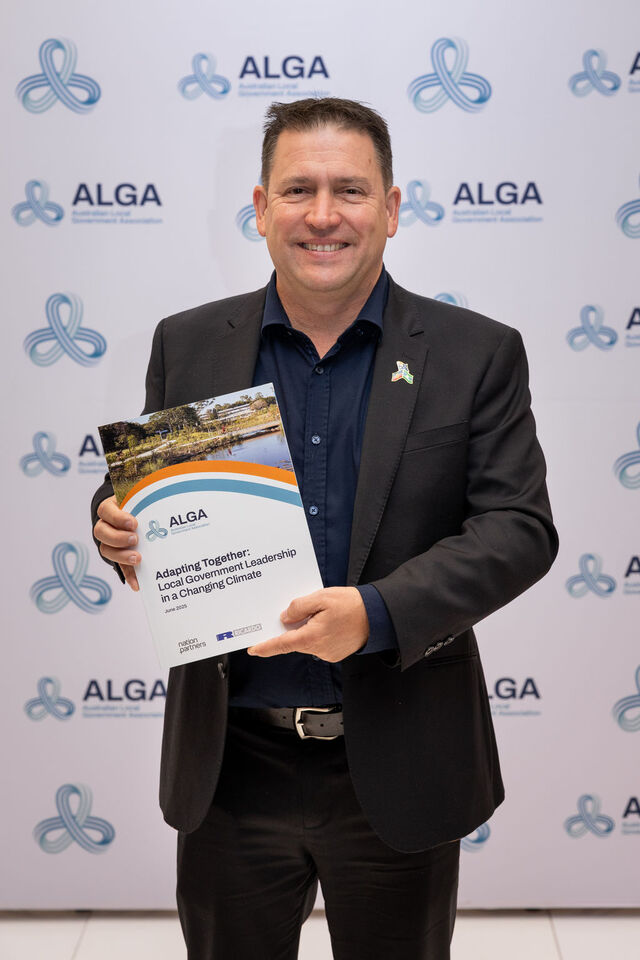Conventional stormwater management has focused mainly on avoiding flooding. Only in recent decades has there been an increasing focus on managing stormwater quality. However, most efforts have been focused on end of point engineering solutions incorporating litter and gross pollutant traps. These do not treat many of the significant polluting nutrients and heavy metals that impact on urban waterways. More importantly they do not address the problem at its source.
Across the Australian continent, only 12% of rainfall enters surface streams. But in our cities up to 90% of rainfall may become stormwater runoff due to large areas of roofing and sealed surfaces. This pattern is reinforced with increasing urban consolidation to contain our cities’ urban sprawl.
The added intensity of development exacerbates the pressures on our aging sewage and stormwater infrastructure. Heavy downpours invariably lead to overflows of sewage into urban waterways.
Major changes are needed in the way we design buildings and urban landscapes in our cities. Effective stormwater management is both a challenge and an opportunity for our city planners, architects, developers, engineers, landscape designers and industrial managers. The challenge is to transfer the lifestyle values people have in an urban setting into sustainable practices within a catchment.
The cost of totally rebuilding our aged sewage and drainage infrastructure is forbidding. But there are new developments that retain and recycle most stormwater and sewage at source through Water Sensitive Urban Design (WSUD) in housing and industrial sites.
WSUD embraces features that can be incorporated into the planning, construction and landscaping of individual homes, precincts, factories and industrial estates. The aim is to manage urban stormwater within an ecological framework where potable supplies are conserved and stormwater and wastewater recycled.
WSUD is being driven by a combination of innovation and best practice, accelerated by competitive market pressures, increased regulation and Commonwealth funding. The Commonwealth strategy is to highlight demonstration projects as an effective way of integrating knowledge and facilitating the uptake of WSUD by other sectors and regions.
At the first National workshop on WSUD held in Melbourne last year the message was that more leaders are needed in this field with demonstration projects to support them.







